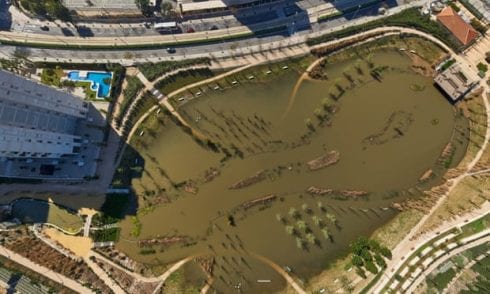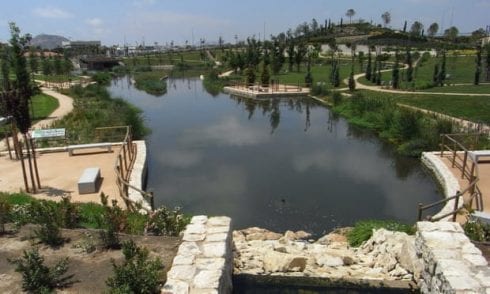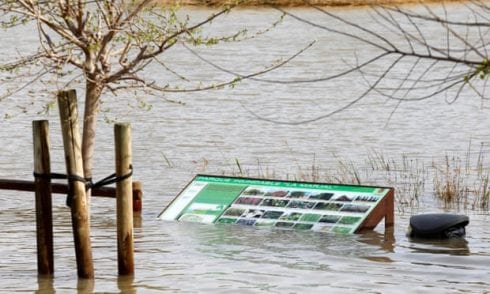IN MARCH 2017 the city of Alicante was hit by the heaviest rain of the entire 21st century.
Five schools closed down, garages were flooded and streets were cut off as half a year’s rain – 137mm – overwhelmed the Costa Blanca city.
But in Sant Joan d’Alacant, a new system drawing upon ancient techniques practiced by the Moorish civilisation could put an end to flash floods.
The La Marjal nature reserve is a dual-function recreation area that transforms into a giant pond when it rains.
Resembling an aljibe – an Moorish cistern that collected rainwater beneath a building – the park is built to flood and stem floodwaters.

Water is then diverted to a nearby treatment plant, where it returns into the water supply – instead of ruining cars and turning city streets into water parks.
“The need for sustainable management has forced us to recover ancestral practices,” Jorge Olcina, professor of analytical geography at the University of Alicante, told The Guardian.
“You could say that these rainwater storage facilities in Alicante are the new aljibes of the 21st century.”

During eight centuries of rule in Spain, the Moorish civilisation developed water management techniques such as the irrigation canals of the Palmeral de Elche – a UNESCO world heritage site.
“When the rainfall is too heavy for the storm drains to cope, the overflow is diverted to the park,” said Amelia Navarro, director of sustainable development for the Alicante water authority.
“It has the capacity of 18 Olympic pools but it’s never reached more than 30%,” she said.

The park has since been populated by resident and migratory birds – around 90 species have been spotted in the park, situated among apartment blocks.
“We introduced larvae-eating fish so that we don’t get mosquitoes,” said Navarro.
La Marjal was built in two years for €3.7 million, a quarter of the cost of the city’s traditional concrete reservoir, and opened in 2015.
Click here to read more Spain News from The Olive Press.








